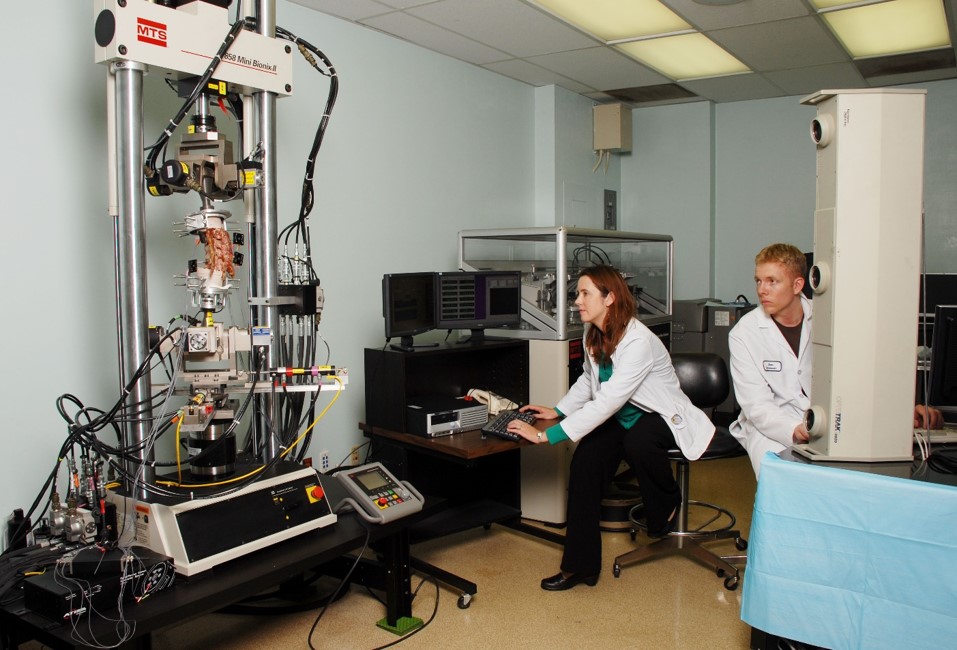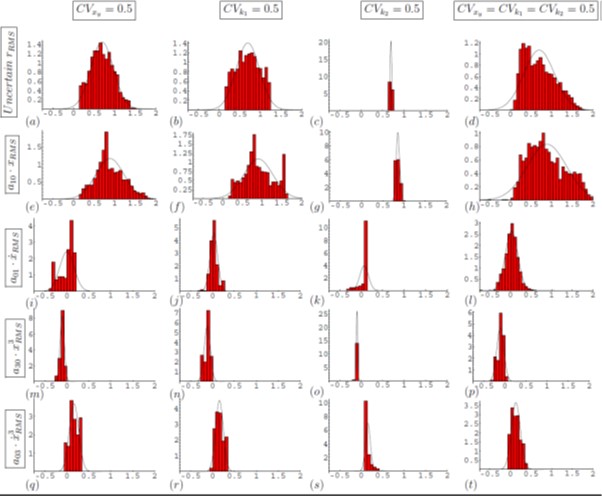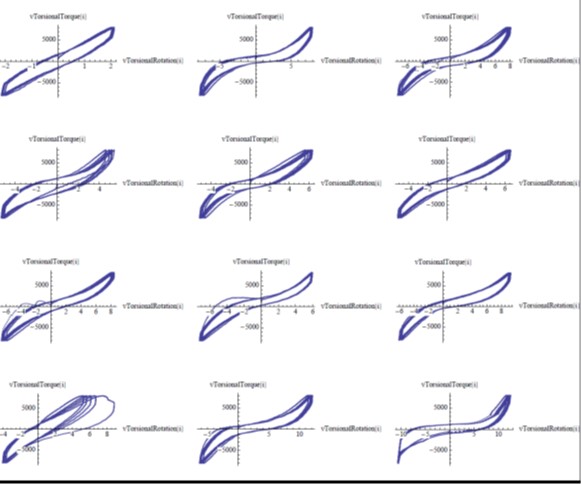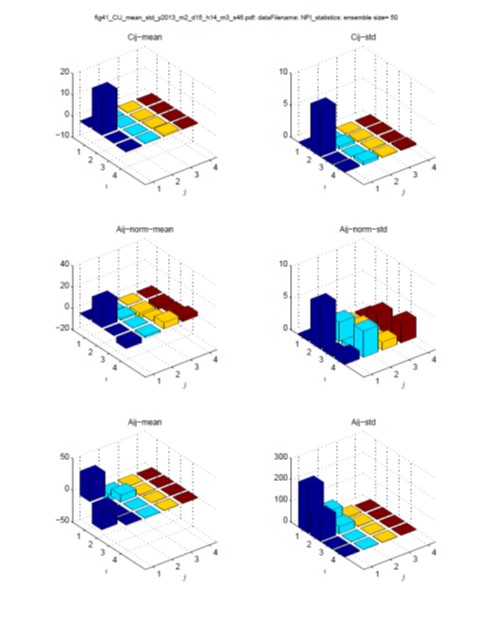In the past two decades, major advances have been made in the development of implants and instrumentation for spine surgery. Several novel designs of artificial discs have been introduced to treat disc degeneration or injuries while preserving anatomic motion, and advanced materials have been used for fusion cages and other devices. Researchers at JVL have developed and used state-of-the-art methods for testing, evaluation, and post-market surveillance of a variety of implants and devices used for the treatment of spine disorders.
Current Research
Design and fabrication of a laboratory wear simulator for spine implants
Pre-clinical evaluation of artificial lumbar discs and artificial cervical discs for wear resistance, fixation, and kinematics
Laboratory simulation of surgical releases and maneuvers preformed during spine deformity correction surgery
Biomechanical evaluation of posterior dynamic stabilization devices
Custom design and fabrication of testing apparatuses to evaluate novel 3-D printed fusion cages
Retrieval and failure analysis, and post-market surveillance studies of artificial discs and other spine implants
The JVL researchers have collaborated with Sami Masri, PhD from the University of Southern California Engineering School to study the kinematics of spine. Specifically, mathematical models have been developed that describe motions and mechanical responses of the spine under load. These techniques have been used previously by Dr. Masri and his colleagues to characterize the mechanics of bridges and other engineering structures, and have been used to determine whether structures are damaged after accidents or natural disasters. Given a sufficiently large sample size, the technique will allow monitoring of spine health and recovery in patients.
Researchers
Sophia Sangiorgio, PhD
Eddie Ebramzadeh, PhD
Richard Bowen, MD
Anthony Scaduto, MD
Sang-Hyun Park, PhD
Selected Publications
Borkowski, S. L., Tamrazian, E., Bowen, R. E., Scaduto, A. A., Ebramzadeh, E., & Sangiorgio, S. N. (2016). Challenging the Conventional Standard for Thoracic Spine Range of Motion: A Systematic Review. Journal of Bone and Joint Surgery Reviews, 4(4).Knutsen, A. R., Borkowski, S. L., Ebramzadeh, E., Flanagan, C. L., Hollister, S. J., & Sangiorgio, S. N. (2015). Static and dynamic fatigue behavior of topology designed and conventional 3D printed bioresorbable PCL cervical interbody fusion devices. Journal of the Mechanical Behavior of Biomedical Materials, 49, 332-342.
Tan, T. L., Borkowski, S. L., Sangiorgio, S. N., Campbell, P. A., & Ebramzadeh, E. (2015). Imaging criteria for the quantification of disc degeneration: A systematic review. Journal of Bone and Joint Surgery Reviews, 3(2).
Borkowski, S. L., Sangiorgio, S. N., Ebramzadeh, E., & Masri, S. F. (2014). An alternative measurement tool for the identification of hysteretic responses in biological joints. Journal of the Mechanical Behavior of Biomedical Materials, 39, 270-278.
Borkowski, S. L., Ebramzadeh, E., Sangiorgio, S. N., & Masri, S. F. (2014). Application of the Restoring Force Method for Identification of Lumbar Spine Flexion-Extension Motion Under Flexion-Extension Moment. Journal of Biomechanical Engineering, 136(4), 044501.
Sangiorgio, S. N., Sheikh, H., Borkowski, S. L., Khoo, L., Warren, C. R., & Ebramzadeh, E. (2011). Comparison of three posterior dynamic stabilization devices. Spine, 36(19), E1251-E1258.





